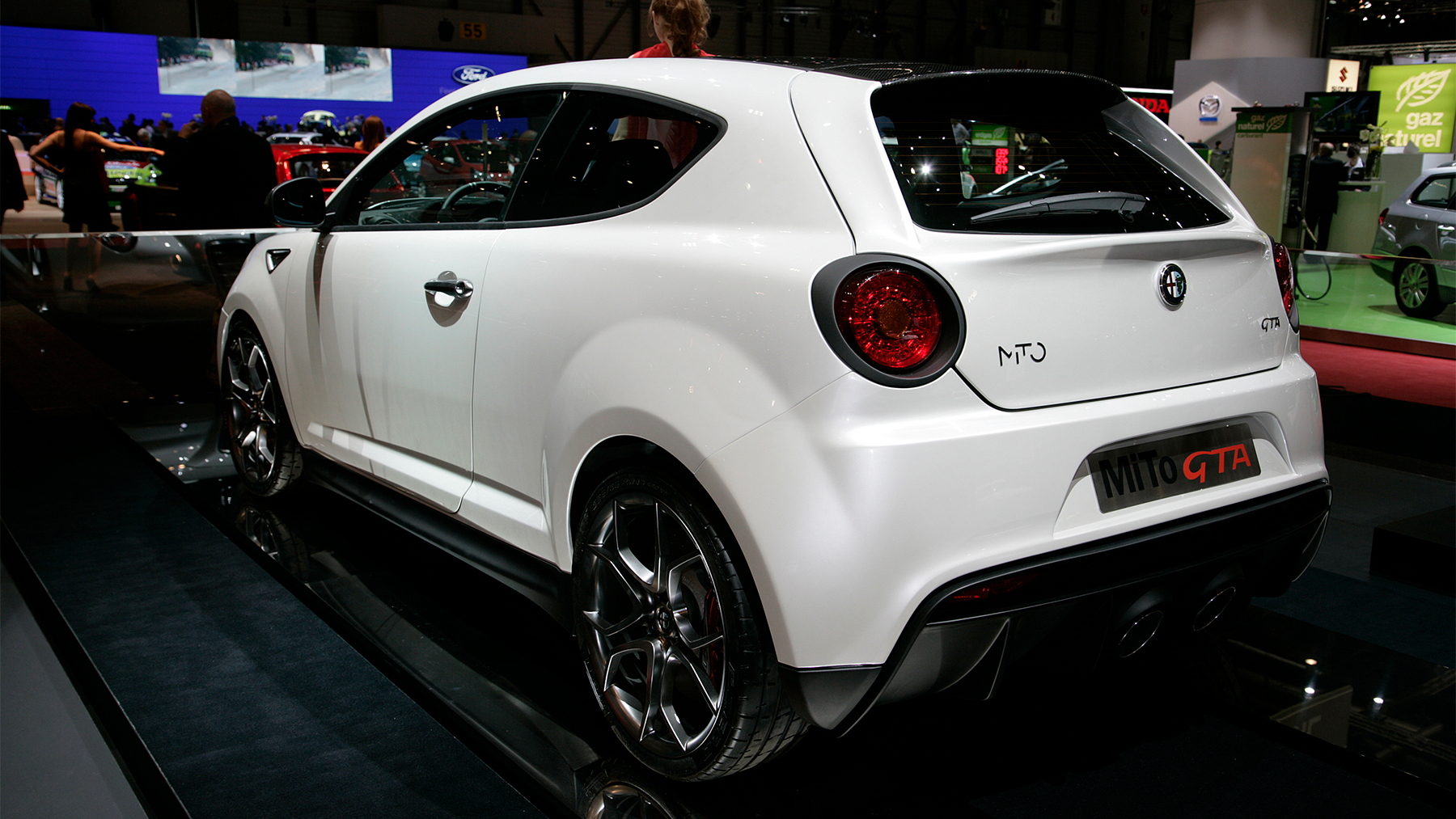The key to controlling petrol engine combustion, and therefore performance, emissions and fuel consumption, is the quantity and characteristics of the fresh air charge in the cylinders. In conventional petrol engines the air mass trapped in the cylinders is controlled by keeping the intake valve opening constant and adjusting upstream pressure through a throttle valve and camshafts.
One of the drawbacks of this simple conventional mechanical control is that the engine wastes about 10% of the input energy in pumping the air charge from a lower intake pressure to the atmospheric exhaust pressure.
MultiAir is unique in that it uses an electro-hydraulic system to actuate the valves as opposed to the more common electro-mechanical setup. This relatively simple system can alter the timing of the valve's opening and closing in relation to how much power or efficiency is required at any specific moment. Additionally, it draws very little power from the engine.
Fiat claims MultiAir can boost peak power by 10%, lower the RPM levels for peak torque by 15%, reduce fuel consumption by 10% and reduce carbon dioxide emissions by between 10 and 25%.
MultiAir’s first application will be the 1.75L four-cylinder unit from the upcoming MiTo GTA, which will feature a specific horsepower rating of 240hp (179kW). To achieve such a high output from the low-displacement mill, Fiat employs both conventional turbocharging technology as well as the new MultiAir element. Further down the track Fiat will use the technology to boost the performance of a new range of two-cylinder engines.




